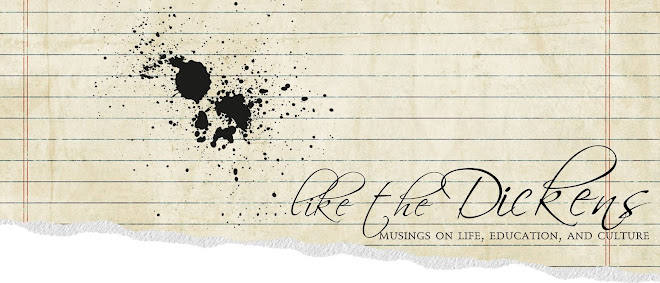
In February, I read Willa Cather's My Antonia. I saw the title come up randomly several times over the course of a few weeks, and in an effort to expand my knowledge and understanding of American literature, I was inspired to pick it up. The book was fabulous.
Willa Cather came from a family of immigrants who moved to the United States in the mid-nineteenth century. The Cather's first lived in Virginia then moved out to the frontier of Nebraska where Willa Cather grew up and eventually graduated from the University of Nebraska. My Antonia tells the story of a young boy who moves from Virginia to Nebraska to live with his grandparents after the death of his parents. On the way, he meets an immigrant family from Czechoslovakia and quickly befriends their daughter Antonia. All the characters in the book are fascinating snapshots of Americana, but the most interesting was the land. In Cather's novel, the frontier has a life and personality of its own--everything from the owls and rattlesnakes to the crops and trees to the tawny, undulating hills. As was the case for many families forging a life in the west, they were as much shaped by the land as the people in their lives. The characters explore the harsh and difficult life on the farm as well as the hardships, conveniences, and culture of life in town.
If you have ever spent time in the Midwest, you will love the dead-on descriptions in My Antonia. But I will warn you, much like life in Nebraska, the pace of the book rolls along like the seasons (slowly) and is punctuated by a few adventurous incidents. The painting above by Andrew Wyeth (my new favorite artist) that I found in the National Art Gallery perfectly captures the tone and mood of My Antonia: ordinary and simple but the barrenness of the landscape only intensifies the beautiful things in it.
Highlights: These were some of my favorite parts of the book.
- When Jim Burden first arrives in Nebraska and describes the landscape as utter nothingness: "Not a country at all, but the material of which countries are made."
- All of the times when Cather uses prairies animals to explain or describe people
- When Jim talks about visiting the trees as if they were friends. "Trees were so rare in that country, and they had to make such a hard fight to grow, that we used to feel anxious about them, and visit them as if they were persons. It must have been the scarcity of detail in that tawny landscape that made detail so precious."
- The story of the two Russians and the wolves at the wedding--so intense! I loved this passage so much that I read it to my students. They got really into it.
- The scenes surrounding the death of Antonia's father; they were very moving.
- The heroic scene where Jim kills the rattlesnake
- The description of the barrenness of winter and how Jim begins to crave color in the months of brown and grey.







